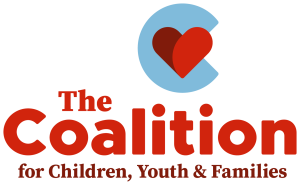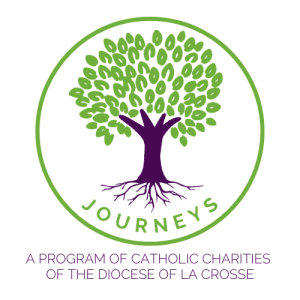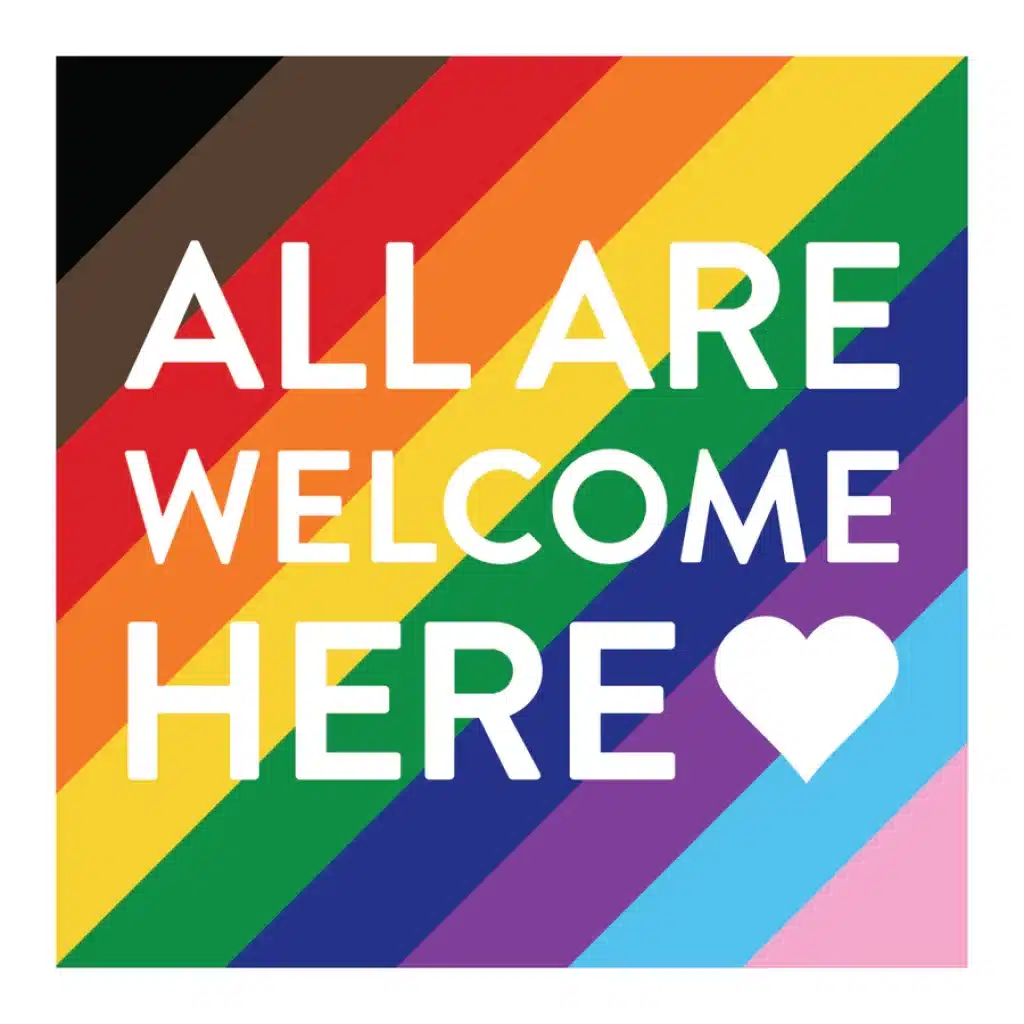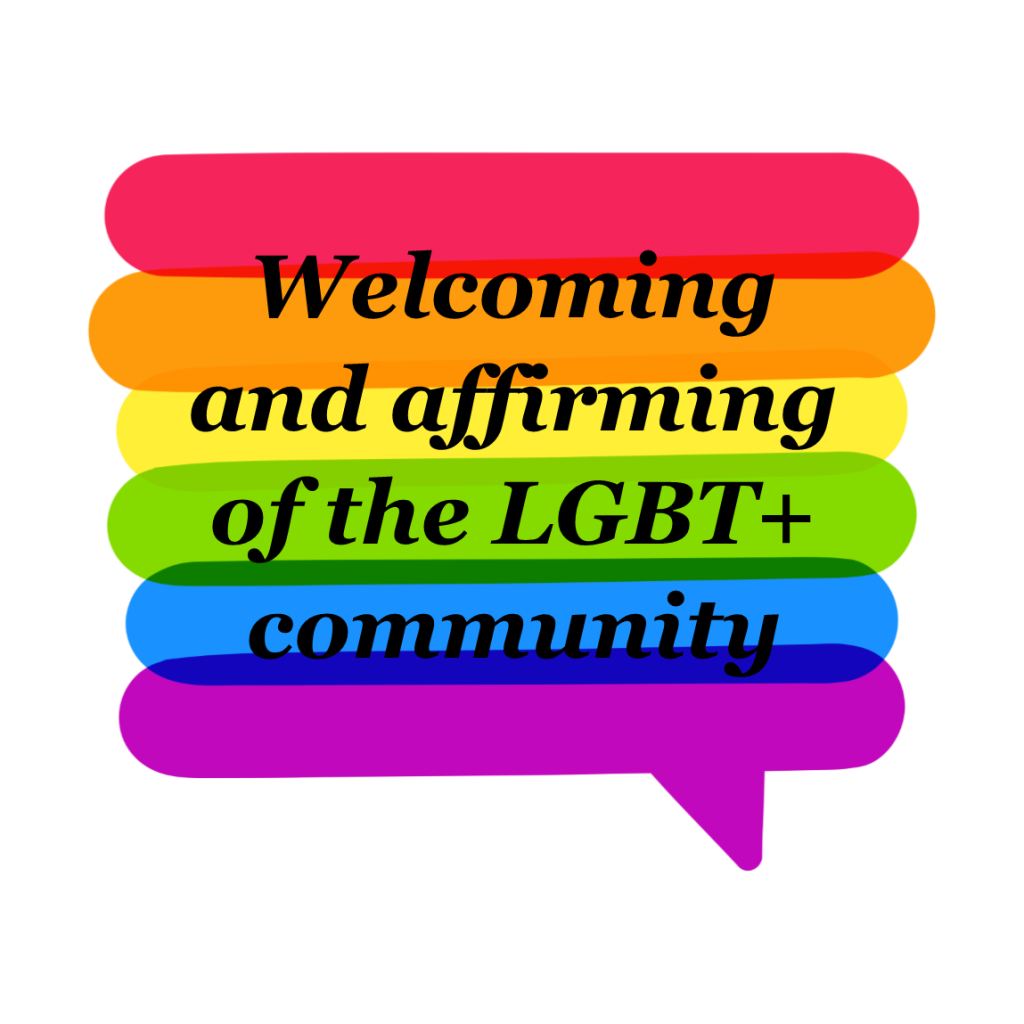Learn more about:
- The post-election period can be challenging, especially in our current polarized climate where inflamed rhetoric and threatened policies directly impact transgender and non-binary youth. For parents, love and support can provide an invaluable anchor for your children and other vulnerable youth in your circles. This Guide for Parents of Transgender Youth offers practical advice for fostering emotional resilience and safety during this difficult time, while also empowering parents with tools to navigate challenges
- Parents, family, and friends can have a big impact, especially in the lives of LGBTQ youth. This article from The Trevor Project highlights Friends and Family Support Systems for LGBTQ Youth. (posted June 2024)
- LGBTQ+ youth have unique challenges they face when entering adulthood. They are forced to consider factors like safety, inclusiveness, and acceptance of their identities when considering jobs, trade schools, or colleges. Caregivers can help make this transition smoother by planning ahead and providing resources to their LGBTQ+ youth. The Human Rights Campaign’s Transitioning to Adulthood: A Guide to Help Your Transgender, Nonbinary, or Gender Expansive Child Launch can help. This resource discusses how to plan for the future, how to find supportive colleges and trade schools, and special considerations for LGBTQ+ youth joining the workforce. (posted May 2024)
- For LGBTQ+ youth specifically looking for inclusive colleges, the Human Rights Campaign and the National Association of College Admission Counseling have created a guide titled Supporting LGBTQ+ Students’ College Search. This resource breaks down how to determine whether or not a college is inclusive across various categories, including housing, healthcare, access to LGBTQ+ staff and centers, and financial support. (posted May 2024)
- Recommended book lists for Elementary Students, Secondary Students, and Caregivers from the HRC Foundation’s Welcoming Schools.
- Looking for books for lesbian, gay, bisexual, transgender, queer/questioning, asexual, and intersex readers and their allies? The authors of the Second Edition of LGBTQIA+ Books for Children and Teens highlight the best in LGBTQIA+ lit for young people while also addressing urgent topics such as the rise in book challenges. Includes hundreds of annotated book entries, complete with author and illustrator, publisher, date of publication, descriptions of each book’s LGBTQIA+ representation, and helpful prompts to foster discussion.
- Project Q is the Youth Program of the Milwaukee LGBT Community Center. Project Q provides a safe space for lesbian, gay, bisexual, transgender, and questioning youth and their straight allies ages 24 and under.
- Sex and Gender Education (SAGE) partnered with Parents, Families, and Friends of Lesbians and Gays (PFLAG) to produce a guide for grandparents and those with younger loved ones who are coming out as LGBTQ+. Learn how sexual orientation differs from gender identity, tips for showing your support, and more.
- imi.guide is a digital, research-backed mental health tool that youth can use on their own. It was developed by Hopelab, in partnership with CenterLink and the It Gets Better Project. imi.guide supports and helps LGBTQ+ teens explore and affirm their identity and learn practical ways to cope with sexual and gender minority stress that are helpful, relevant, inclusive, and joyful. This is done through supportive and affirming resources, activities, and stories from LGBTQ+ youth in 4 areas of interest and need: minority stress, queerness and LGBTQ+ identity, internalized stigma, and gender identity and expression.
- Trans Family Support Services offers support groups for middle school, high school, and young adult-aged youth, as well as parents of trans children and youth of all ages. All of the parent support groups are peer-led and are not meant to be used as a replacement for therapy or other professional support. This is intended as a space to share your own experiences and learn from others with similar experiences to yourself.
- TransFamily Alliance wants to welcome you to the TransFamily Gender Journey map. They know how important finding accurate information is when supporting your kids, as well as finding the support you need on this journey. Their understanding of the Gender Journey is based on over 20 years of experience collaborating with caregivers raising transgender, nonbinary, and gender-expansive kids to navigate their own journeys while helping their kids and their families live authentic lives. The Journey is made up of six phases and presented in the order they commonly occur, but they have learned that this is not a linear journey but a circular one. As one mom expressed, she sometimes felt she “could experience all six phases in a single day!” We hope you find this booklet helpful wherever you find yourself on your own TransFamily Gender Journey.
- This guide from The Trevor Project will help inform you on how to best support the LGBTQ+ young people in your life with disabilities and better understand the things that impact them.
- Brick by Brick speaks to the experiences and identities of LGBTQ+ students of color and can be adapted to suit a variety of learning settings (classroom, GSA club, or anything else!). It includes “know-your-rights” education, histories that are not commonly shared or centered, assignments that encourage students to take on roles as advocates and leaders, individual and group projects, and makes use of multiple forms of media for experiential learning. Brick by Brick teaches students how to work toward change in their schools and in the world beyond.
- The HRC Foundation has announced the launch of WorthIt, a new financial wellness platform for LGBTQ+ community members that provides tools needed to navigate challenging, often discriminatory systems and gain more economic stability. The platform is tailored to adults ages 18 to 44 but can provide useful tools for all to increase financial literacy and economic wellness. The resource is also free to use!
- The first step to becoming an ally to transgender and nonbinary people is to learn more. It can be tough for trans and nonbinary people to bear the burden of educating others about their lived experiences. This guide from The Trevor Project is an introductory educational resource that covers a wide range of topics and best practices to help you better support the trans and nonbinary folks in your life to create a safer, kinder, more accepting world.




